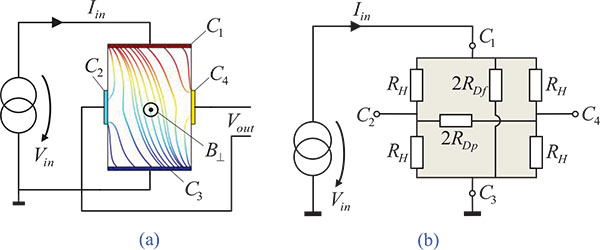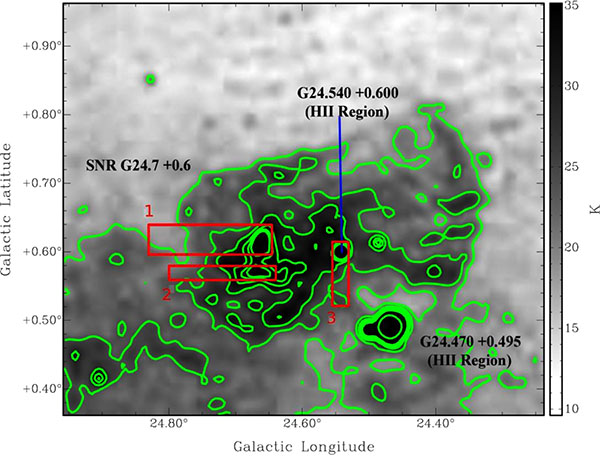RESEARCH ARTICLE
A Numerical Analysis for Optimizing the Gratings Length and Coupling Coefficient for High Reflectivity and Low Cavity Loss in Fiber Grating Fabry-Perot Laser Model
Hisham K. Hisham*
Article Information
Identifiers and Pagination:
Year: 2016Volume: 3
First Page: 55
Last Page: 62
Publisher Id: PHY-3-55
DOI: 10.2174/1874843001603010055
Article History:
Received Date: 4/5/2015Revision Received Date: 28/9/2015
Acceptance Date: 26/10/2015
Electronic publication date: 29/07/2016
Collection year: 2016
open-access license: This is an open access article licensed under the terms of the Creative Commons Attribution-Non-Commercial 4.0 International Public License (CC BY-NC 4.0) (https://creativecommons.org/licenses/by-nc/4.0/legalcode), which permits unrestricted, non-commercial use, distribution and reproduction in any medium, provided the work is properly cited.
Abstract
The effects of gratings length (kLFG) and amplitude coupling (Co) coefficients on the effective reflectivity (Reff) and the total cavity loss (αtot) of an external cavity laser source (ECLS) based fiber Bragg gratings (FBGs) are numerically analyzed for designing a laser source operating in strong feedback regime (Regime V). In this study, FBG is used as a wavelength selective element to control the properties of the laser output by controlling the fiber gratings reflectivity level. The study is performed by modifying full analytical expressions for the Reff and the αtot based on laser coupled-wave equations. Results show that Reff is strongly dependent on kLg and Co. Also, it is found that αtot has been reduced significantly with increasing Co, especially at high value for kLG (kLFG> 1.5).













